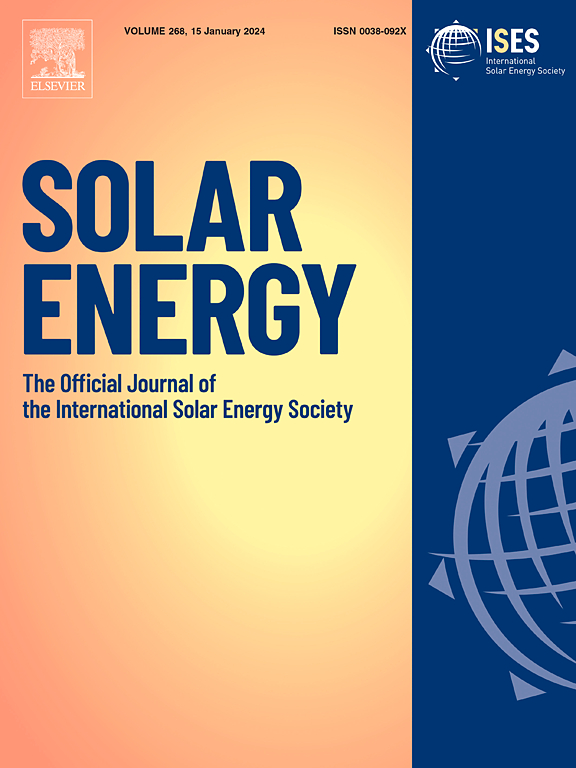Deep-learning-based and near real-time solar irradiance map using Himawari-8 satellite imageries
IF 6
2区 工程技术
Q2 ENERGY & FUELS
引用次数: 0
Abstract
This paper presents an online platform showing Thailand solar irradiance map every 15 min available at https://www.cusolarforecast.com. The methodology for estimating global horizontal irradiance (GHI) across Thailand relies on cloud index extracted from Himawari-8/9 satellite imagery, Ineichen clear-sky model with locally-tuned Linke turbidity, and machine learning models. The methods take clear-sky irradiance, cloud index, re-analyzed GHI and temperature data from the MERRA-2 database, and date-time as inputs for GHI estimation models, including LightGBM, LSTM, Informer, and Transformer. These are benchmarked with the estimate from a commercial service X by evaluation of 15-minute ground GHI data from 53 ground stations over 1.5 years during 2022–2023. The results show that the four models exhibit comparable overall MAE performance to the service X. The best model is LightGBM, with an MAE of 78.58 and RMSE of 118.97 , while service X achieves the lowest MAE, RMSE, and MBE in cloudy conditions. Obtaining re-analyzed MERRA-2 data for Thailand is not economically feasible for deployment. When removing these features, the Informer model has a winning performance of 78.67 in MAE. The obtained performance aligns with existing literature by taking the climate zone and time granularity of data into consideration. As the map shows an estimate of GHI over 93,000 grids with a frequent update, the paper also describes a computational framework for displaying the entire map. It tests the runtime performance of deep learning models in the GHI estimation process.
求助全文
约1分钟内获得全文
求助全文
来源期刊

Solar Energy
工程技术-能源与燃料
CiteScore
13.90
自引率
9.00%
发文量
0
审稿时长
47 days
期刊介绍:
Solar Energy welcomes manuscripts presenting information not previously published in journals on any aspect of solar energy research, development, application, measurement or policy. The term "solar energy" in this context includes the indirect uses such as wind energy and biomass
 求助内容:
求助内容: 应助结果提醒方式:
应助结果提醒方式:


